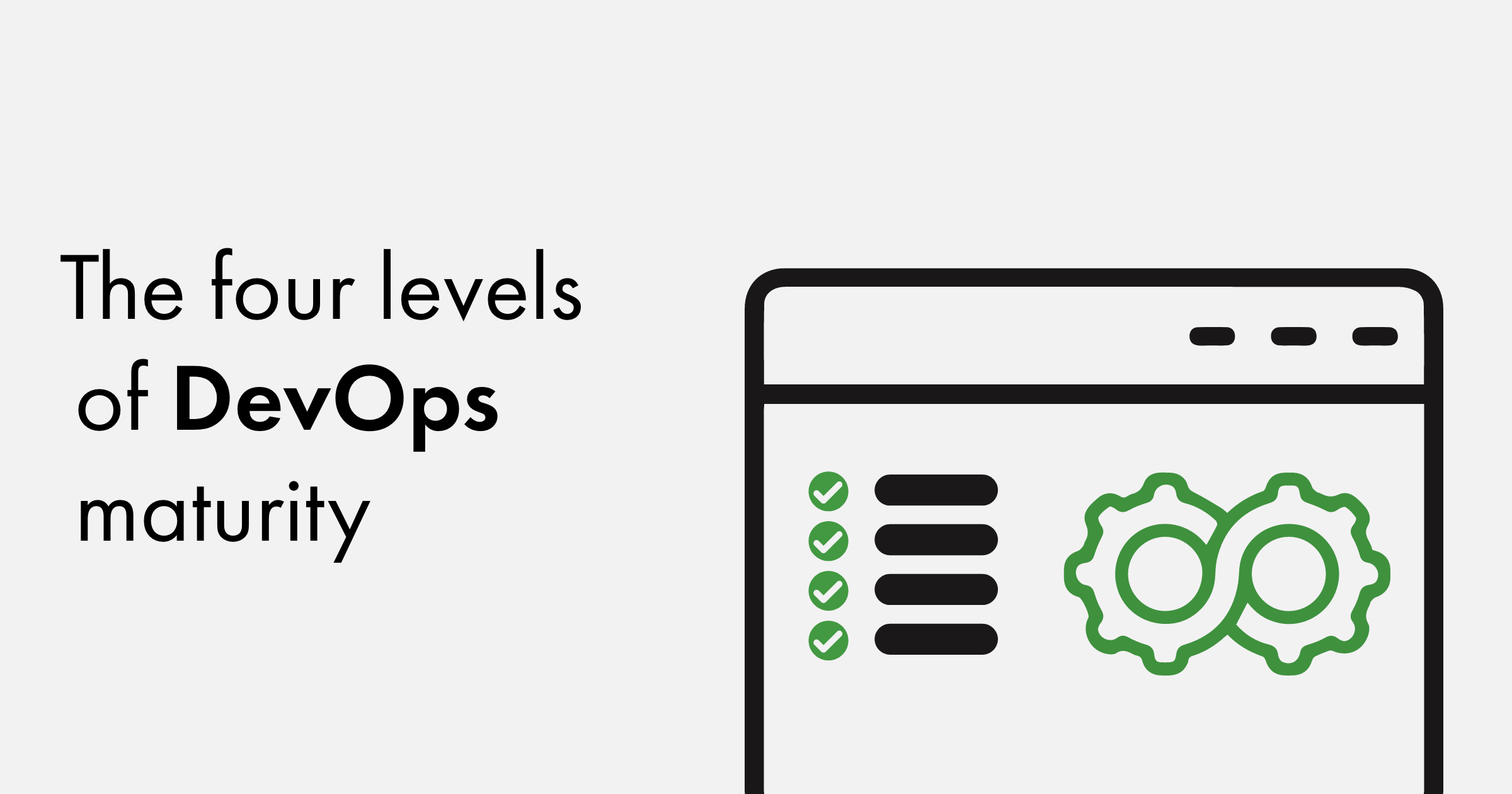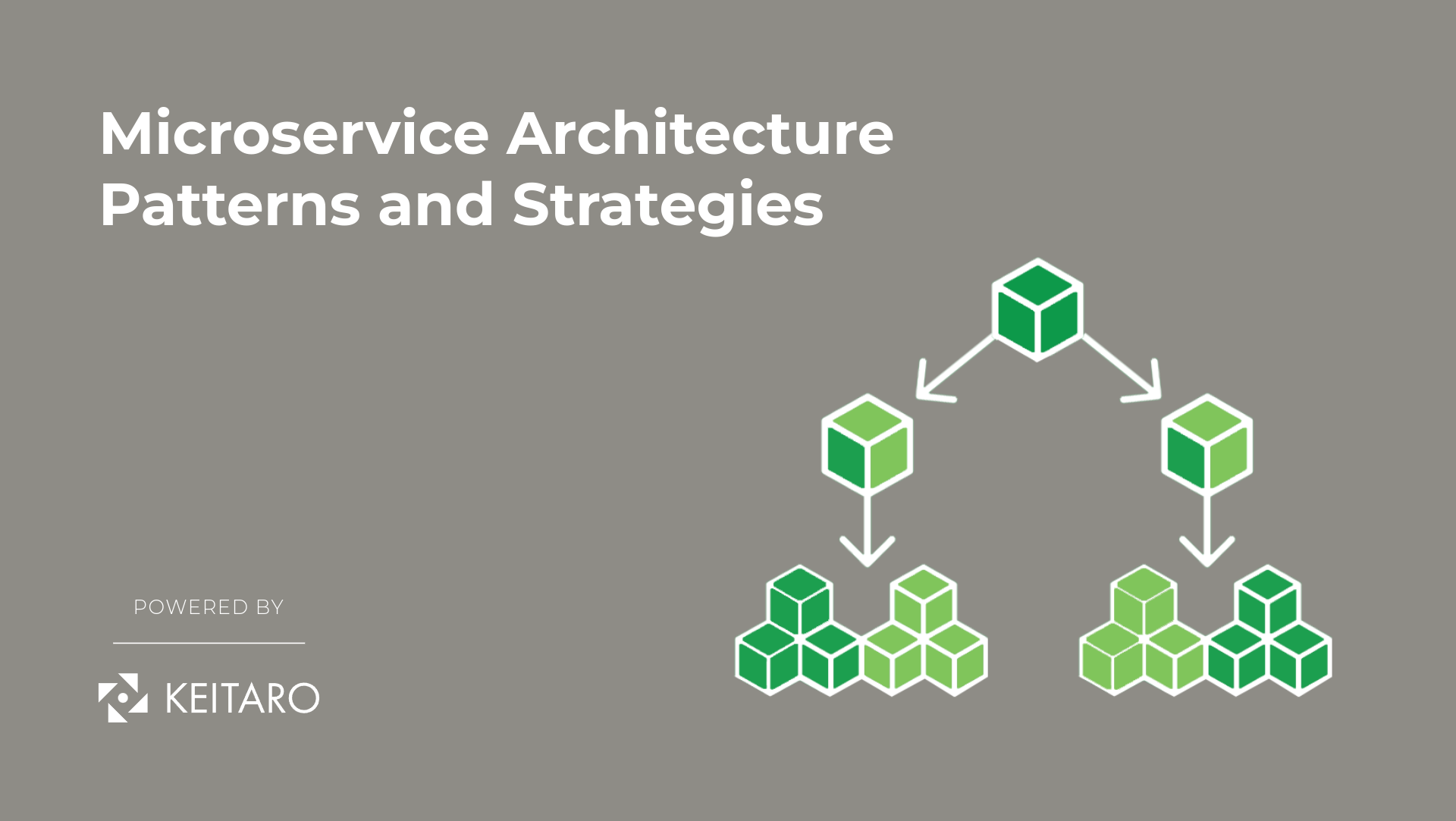Over the past few years, DevOps has transformed the IT industry by providing a fundamental change in the way teams function and collaborate. As of today, many organizations have achieved some level of DevOps implementations, while there are plenty of other organizations that are still understanding the impacts of DevOps operations. But the main question remains how to identify DevOps maturity? Is it some kind of destination or a continuous journey? So, let’s explore more about DevOps maturity in this blog, starting with a brief touch on the importance of DevOps in today’s IT arena.
Importance of DevOps
DevOps is gaining popularity because it accelerates product creation and improvement cycles and encourages a culture of collaboration. Here are a few points that highlight the importance of DevOps:
- Focuses on continuous improvement driven by changing technologies and customer feedback, along with the focus on optimizing overall product quality.
- Encourages a collaborative environment with better communication, idea and skill sharing, mutual trust, etc.
- Emphasizes automating both development and deployment stages to streamline processes, improving efficiency and overall quality.
- Focuses on more frequent code releases to reduce deployment failures, time to recover, and rollbacks.
In short, DevOps has emerged as the ideal development and operations methodology that empowers organizations to ensure faster releases of new products and streamline maintenance of existing ones.
Four Levels of DevOps Maturity
DevOps maturity reflects the standing of an organization in its DevOps journey, including making decisions on what more should be accomplished to achieve the targeted goals. So, DevOps maturity is more about a continuous journey instead of one final destination. The best way to understand DevOps maturity is to learn about its four key levels discussed below:
Level 1: Beginners Steps with DevOps
Level 1 of DevOps maturity is when a team has started testing and experiencing DevOps. At this level, there will be a lack of proper understanding of DevOps and its benefits. Some members will even show resistance to change. In fact, organizations might also face complications in delivering projects on time and within budget.
The best recommendation for a team at this level is to proceed with a continuous improvement strategy and recognize the team’s strengths and weaknesses. This way, the team can proceed with DevOps gradually and can improve itself by learning from its mistakes.
Level 2: DevOps with Advancements and Automations
The level 1 stage usually lasts for 12-18 months and then evolves into the level 2 stage of DevOps maturity. At this level, the team is found to be more committed to the DevOps journey. It is seen actively grabbing the automation aspects of DevOps and trying to automate every process it can. In short, a team has reached level 2 of DevOps maturity when it has adopted automated configuration management and enforced a beneficial continuous integration system.
One of the challenges in this level is that there can be a lack of motivation or vision to head to the next level. The team has seen the progress that works for the organization and now there is a lack of inertia to head to the next level. The best way forward at this point is to adopt a “constant incremental improvement” strategy where operations, engineering, and project management teams each look for new ways to automate their workflows.
Level 3. Devoted Continuous Improvement and Collaboration
The level 2 stage can last for as long as 2-4 years. But once a team has crossed that level, it is now more devoted to continuous improvement. At this level, the organization as a whole has understood that DevOps is not limited only to scripts and engineers, but it’s also about elevating the whole software development lifecycle from the initial idea all the way to production.
At level 3, every team member is devoted to continuous improvement and finding new ways of improvement. Moreover, collaboration is now not confined only to Dev and Ops. Compliance, audit, legal, and security departments all now collaborate with the project team to ensure timely and quality deliveries. The key to passing level 3 is again continuous incremental improvement. The team should focus on practices around merging the data from the operations team directly to customers’ conversations. Moreover, such DevOps documentation and analytics should be part of the decision-making process of higher management.
Level 4. Fully Embraced DevOps Environment
Being the final level of DevOps maturity, level 4 reflects that a team has fully embraced the DevOps environment. This implies that the team has properly integrated continuous improvement, new bugs are well documented and fixed, data is linked with customer satisfaction, and decision-makers have extensive analytical data. Moreover, operations and management teams are now able to evaluate the level of risk associated with delaying bug fixes or adding new features. In addition, quality and compliance assurance are now a built-in part of the development process.
In a nutshell, a team in level 4 of DevOps maturity is well-refined, everyone knows their role, and continuous improvement is the core part of the DevOps operations.
Conclusion
There is no doubt that DevOps and open source tools are leading the IT industry today. Every organization is now somehow associated with DevOps operations. The above four levels of DevOps maturity are basically the path that every organization must follow to fully embrace DevOps culture. The key to DevOps maturity is to proceed with small continuous improvements with the focus on elements where the team is falling short. This way, a series of changes will gradually lead the team into the next levels.



